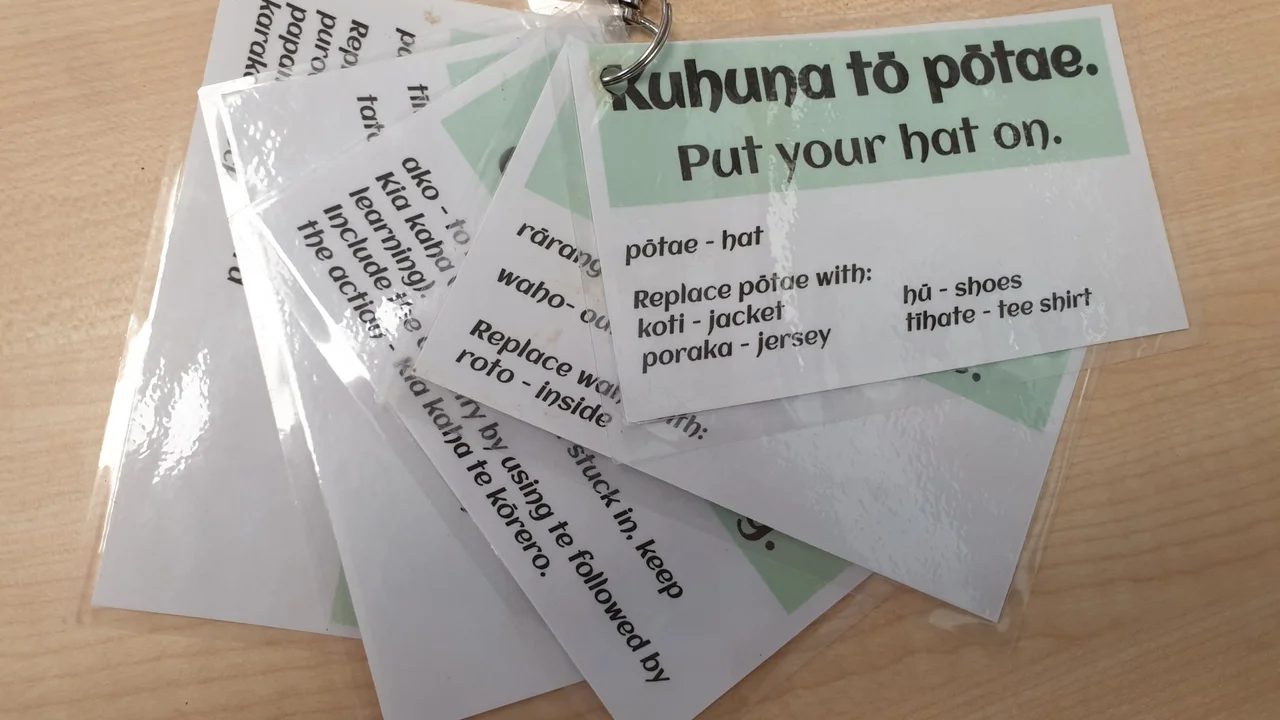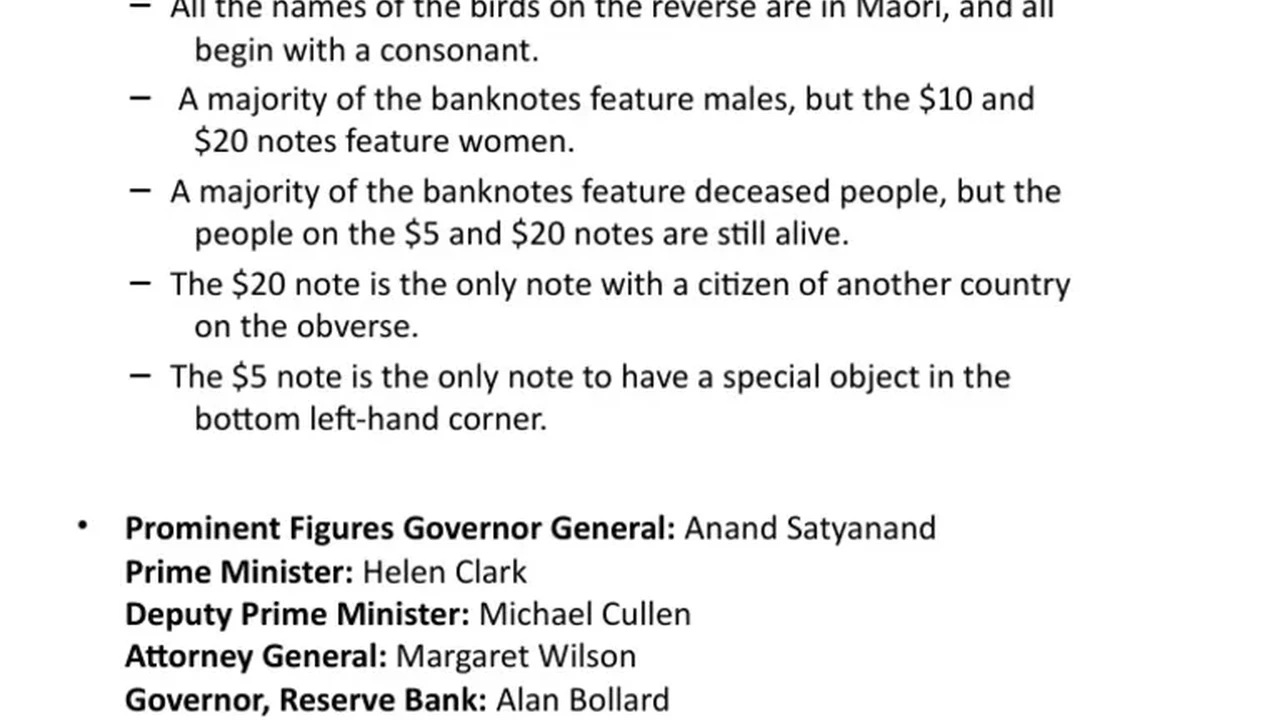Learning Basic Māori Phrases for Your Trip
Sample meta description.

Kia Ora Your Way to a Memorable New Zealand Adventure A Guide to Essential Māori Phrases
Planning a trip to Aotearoa, New Zealand? Beyond the breathtaking landscapes and thrilling adventures, immersing yourself in the local culture is key to an unforgettable experience. Learning a few basic Māori phrases is a fantastic way to show respect, connect with the community, and enrich your journey. This guide will equip you with the essential phrases you need, along with practical tips and product recommendations to help you on your way.
Why Learn Māori Phrases? Cultural Sensitivity and Respect in New Zealand Travel
Māori culture is deeply woven into the fabric of New Zealand society. While English is widely spoken, incorporating te reo Māori (the Māori language) into your interactions demonstrates respect for the indigenous people and their heritage. It's a gesture that's often warmly received and can open doors to deeper cultural understanding. Plus, it's just plain fun!
Essential Māori Phrases for Travelers: A Practical Guide for New Zealand Visitors
Let's dive into some essential phrases you can use throughout your trip:
- Kia ora (Key-ah o-rah): This is the most versatile phrase you'll learn! It can mean hello, goodbye, thank you, good luck, and best wishes. Use it liberally!
- Morena (More-reh-nah): Good morning. A cheerful way to start the day.
- Kia ora tatou (Key-ah o-rah tah-toh): Hello everyone. Useful for addressing a group.
- Kei te pehea koe? (Kay teh peh-hay-ah ko-eh?): How are you?
- Kei te pai (Kay teh pie): I'm fine. The standard response to "Kei te pehea koe?"
- Ko wai to ingoa? (Koh why toh ee-noh-ah?): What is your name?
- Ko [your name] toku ingoa (Koh [your name] toh-koo ee-noh-ah): My name is [your name].
- Ngā mihi (Ngah mee-hee): Thank you. Another way to express gratitude.
- Ae (Aye): Yes.
- Kao (Cow): No.
- Haere mai (High-reh my): Welcome. You'll often see this sign displayed at entrances.
- Haere rā (High-reh rah): Goodbye (said by the person leaving).
- E noho rā (Eh no-hoh rah): Goodbye (said by the person staying).
- Tēnā koe (Teh-nah ko-eh): Greetings to you (said to one person).
- Tēnā koutou (Teh-nah koh-too): Greetings to you (said to more than one person).
- Aroha (Ah-roh-hah): Love, affection, compassion. A fundamental concept in Māori culture.
- Kai (Kie): Food.
- Wai (Why): Water.
- Whare (Fah-reh): House, building.
- Whenua (Fen-oo-ah): Land.
Pronunciation Tips for Māori Language Learners: Mastering Te Reo Māori
Māori pronunciation is generally consistent and phonetic. Here are a few key points:
- Vowels: Pronounced similarly to Italian vowels. A = ah, E = eh, I = ee, O = oh, U = oo.
- 'Wh': Often pronounced like an 'f' sound in many dialects, but 'wh' is still acceptable.
- 'Ng': A single sound, similar to the 'ng' in 'sing'.
- Macrons (ā, ē, ī, ō, ū): A macron indicates a long vowel sound, held for approximately twice as long as a short vowel. This can significantly change the meaning of a word.
Resources for Learning Māori: Apps Books and Online Courses for New Zealand Travelers
Numerous resources are available to help you learn more Māori:
- Duolingo: Offers a free Māori course, perfect for beginners.
- Memrise: Another great app for vocabulary building and memorization.
- "Māori Made Easy" by Scotty Morrison: A popular and comprehensive textbook.
- Online Māori dictionaries: Such as Māori Dictionary (maoridictionary.co.nz).
- Local Māori language classes: Check community centers or language schools in New Zealand.
Beyond Phrases: Understanding Māori Culture and Values: Respectful Tourism in New Zealand
Learning phrases is just the beginning. Take the time to understand the underlying cultural values:
- Mana: Prestige, authority, spiritual power. Respect individuals and their mana.
- Tapu: Sacred, restricted. Be mindful of places or objects that may be tapu.
- Whanaungatanga: Relationships, kinship. Value connections with people.
- Kaitiakitanga: Guardianship, conservation. Respect the environment and protect natural resources.
Practical Applications: Using Māori Phrases in Everyday Situations in New Zealand
Here are some scenarios where you can use your newfound Māori skills:
- Entering a marae (Māori meeting ground): Use "Haere mai" to acknowledge the welcome.
- Ordering food at a cafe: Ask "He kai taku? (Can I have food?)" or simply say "Kia ora" followed by your order.
- Greeting someone on the street: A simple "Kia ora" is always appreciated.
- Thanking a tour guide: Express your gratitude with "Ngā mihi nui (Many thanks)."
Product Recommendations: Tools and Gadgets for Enhanced Māori Language Learning on Your New Zealand Trip
To further enhance your Māori learning journey, consider these products:
1. Pocket Māori Dictionary & Phrasebook
Product: Lonely Planet Māori Phrasebook & Dictionary
Usage: Easily accessible reference for quick translations and pronunciation guides. Perfect for on-the-go learning while exploring New Zealand.
Comparison: Compared to online dictionaries, a physical phrasebook doesn't require internet access, making it reliable in remote areas. Apps are convenient, but battery life can be a concern. This phrasebook offers a balance of portability and offline functionality.
Price: Approximately $15-$20 USD
2. Portable Audio Recorder for Pronunciation Practice
Product: Sony ICD-PX470 Stereo Digital Voice Recorder
Usage: Record native speakers pronouncing Māori phrases and replay them for accurate pronunciation practice. Especially useful for capturing local dialects and nuances.
Comparison: While smartphones have recording capabilities, a dedicated voice recorder offers superior audio quality and longer recording time. It also allows for easier file management and transfer to your computer.
Price: Approximately $50-$70 USD
3. Noise-Cancelling Headphones for Immersive Learning
Product: Bose QuietComfort 45 Headphones
Usage: Block out distractions and fully immerse yourself in Māori language learning resources, whether it's listening to audio lessons or watching online videos. Ideal for long flights or noisy environments.
Comparison: While cheaper headphones are available, noise-cancelling headphones provide a significantly better listening experience, allowing you to focus on the subtle sounds of the Māori language. Bose is a premium brand known for its superior noise cancellation technology.
Price: Approximately $300-$350 USD
4. Language Learning Software with Speech Recognition
Product: Rosetta Stone
Usage: While Rosetta Stone doesn't have a dedicated Māori course, their language learning methodology can be applied to learning Māori through other resources. The speech recognition feature helps improve pronunciation and fluency.
Comparison: Rosetta Stone is a comprehensive language learning program that offers a structured approach to language acquisition. While it's more expensive than free apps, it provides a more immersive and effective learning experience.
Price: Subscription based, varying costs depending on the length of the subscription.
5. Travel Journal for Māori Vocabulary and Cultural Insights
Product: Moleskine Classic Notebook
Usage: Document your Māori language learning progress, jot down new vocabulary, and record your cultural experiences in New Zealand. A tangible way to connect with your journey and reflect on your learning.
Comparison: While digital note-taking apps are convenient, a physical journal offers a more personal and tactile experience. It allows you to disconnect from technology and focus on your thoughts and observations.
Price: Approximately $20-$30 USD
Learning Māori: A Journey of Connection and Respect in Aotearoa New Zealand
Learning a few basic Māori phrases is a small but significant step towards a more enriching and respectful travel experience in New Zealand. Embrace the opportunity to connect with the local culture, show your appreciation for the indigenous people, and create lasting memories. Kia ora and enjoy your adventure!
:max_bytes(150000):strip_icc()/277019-baked-pork-chops-with-cream-of-mushroom-soup-DDMFS-beauty-4x3-BG-7505-5762b731cf30447d9cbbbbbf387beafa.jpg)






